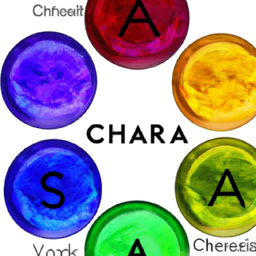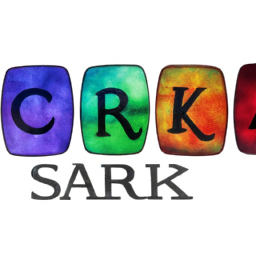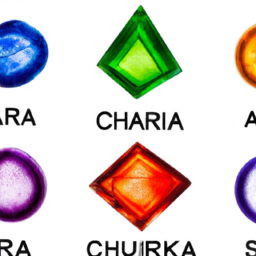
The concept of chakras is deeply rooted in ancient Indian traditions and spiritual practices. The word “chakra” is Sanskrit for “wheel” or “disk” and refers to the energy centers in our body. These swirling wheels of energy are believed to be vital for physical, emotional, and spiritual well-being.
The exact origins of chakras are uncertain, but it is believed that they first appeared in Hinduism around 1500 BCE. They were later integrated into other Indian religions such as Buddhism and Jainism. However, the earliest known mention of chakras can be found in the Vedas, the oldest sacred texts of Hinduism, dating back to 1500-1000 BCE.

According to ancient Indian beliefs, chakras are the primary source of prana or life force energy in our body. These energy centers are said to be located along the central channel of our body, starting from the base of the spine and running up to the crown of the head.
The traditional Indian system of chakras recognizes seven main energy centers, each associated with a specific color, sound, and element.
- Root Chakra (Muladhara) – represented by the color red, associated with the earth element and located at the base of the spine.
- Sacral Chakra (Svadhisthana) – represented by the color orange, associated with the water element and located below the navel.
- Solar Plexus Chakra (Manipura) – represented by the color yellow, associated with the fire element and located above the navel.
- Heart Chakra (Anahata) – represented by the color green, associated with the air element and located at the center of the chest.
- Throat Chakra (Vishuddha) – represented by the color blue, associated with the ether element and located at the throat.
- Third Eye Chakra (Ajna) – represented by the color indigo, associated with the mind and located in between the eyebrows.
- Crown Chakra (Sahasrara) – represented by the color violet or white, associated with spirituality and located at the top of the head.
It is believed that when these chakras are balanced and aligned, our physical, emotional, and spiritual well-being is in harmony. However, if there is an imbalance or blockage in any of the chakras, it can manifest as physical or emotional ailments.
Even though the origins of chakras lie in ancient Indian traditions, they have gained popularity in the Western world in recent years. Many people have started incorporating chakra balancing practices such as yoga, meditation, and Reiki into their daily lives to promote overall health and well-being.
While there is no scientific evidence to support the existence of chakras, many individuals claim to have experienced the benefits of chakra healing. The practice of aligning and balancing the chakras is believed to have a positive impact on our physical, emotional, and spiritual health.

In conclusion, the concept of chakras has its origins deeply rooted in ancient Indian traditions and spiritual practices. These energy centers are believed to play a vital role in our physical, emotional, and spiritual well-being. While the existence of chakras may be debatable, many individuals continue to incorporate chakra balancing practices into their lives and experience positive results.





Chakra is a term used in Hindu, Buddhist and other Eastern spiritual practices to describe energy centers within the human body. Traditionally there are seven main chakras located along the spine, from the base of the spine to the crown of the head. Understanding the chakras is key in cultivating physical and emotionalwell-being. #knowledgeispower
AliciaVilla38: Absolutely fascinating topic! #easternphilosophy
#ChakrasAndTheMindBodyConnection
Exploring the relationship between chakras and physical/mental wellbeing is so interesting! #AncientWisdom